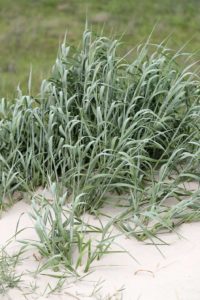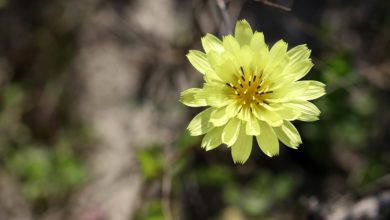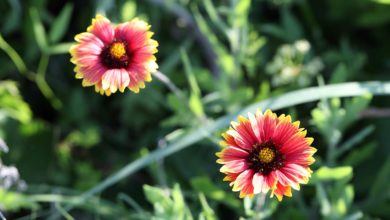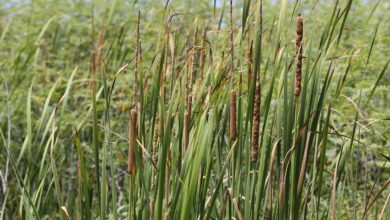Bitter panic grass is native to the Texas Gulf Coast and frequently planted in dune restorations because of its stress tolerance, moderate growth and ability to capture and stabilize sand. 
Bitter panic grass thrives in a variety of beach habitats, including foredunes, primary dunes and the swale between dune ridges. It tolerates both poor soils and salt spray, making it an ideal beach grass. Recovery from storm damage and sand burial is swift because of its extensive rhizome system, where most of its growth comes from.
References
Lonard, R. I., & Judd, F. W. (2011). The biological flora of coastal dunes and wetlands: Panicum amarum S. elliott and panicum amarum S. elliott var. amarulum (A.S. hitchcock and M.A. chase) P. palmer. Journal of Coastal Research, 27(2), 233-242.




